山东清越节能科技有限公司
Shandong clear energy technology Co. Ltd.
国内环保设备品牌
节能设备专家,拥有多项国家专利
全国服务热线:
0531-55555478
CLEAR ENERGY
螺杆鼓风机日常维护老是过载怎么解决
来源:https://www.sdqyjn.com/ 日期:2021-09-25 浏览量:0
TAG:山东制氮机,山东干燥机,山东螺杆鼓风机,山东空压机,山东自动排水器
1、泵腔防腐保护:金属腐蚀的形态,可分为腐蚀和局部腐蚀两大类。前者较均匀的发生在风机的全部表面,后者只是发生在局部。例如孔蚀、缝隙腐蚀、晶间腐蚀、应力腐蚀破裂、腐蚀疲劳、氢腐蚀破裂、磨损腐蚀、脱层腐蚀等。特别是石油、化工行业以及海洋大气环境尤为突出。
1. Anti corrosion protection of pump chamber: the form of metal corrosion can be divided into two categories: corrosion and local corrosion. The former occurs more evenly on all surfaces of the fan, while the latter only occurs locally. For example, pitting corrosion, crevice corrosion, intergranular corrosion, stress corrosion cracking, corrosion fatigue, hydrogen corrosion cracking, wear corrosion, delamination corrosion, etc. Especially in petroleum, chemical industry and marine atmospheric environment.
2、转子轴键槽损伤:因为受设备运行环境等因螺杆鼓风机素的影响,罗茨风机经常出现轴头、键槽磨损损坏现象,问题出现后,按照传统方法要补焊或刷镀后机加工修复。但是补焊高温产生的热应力无法全消除,容易出现弯曲或断裂;电刷镀受涂层厚度限制,容易剥落。
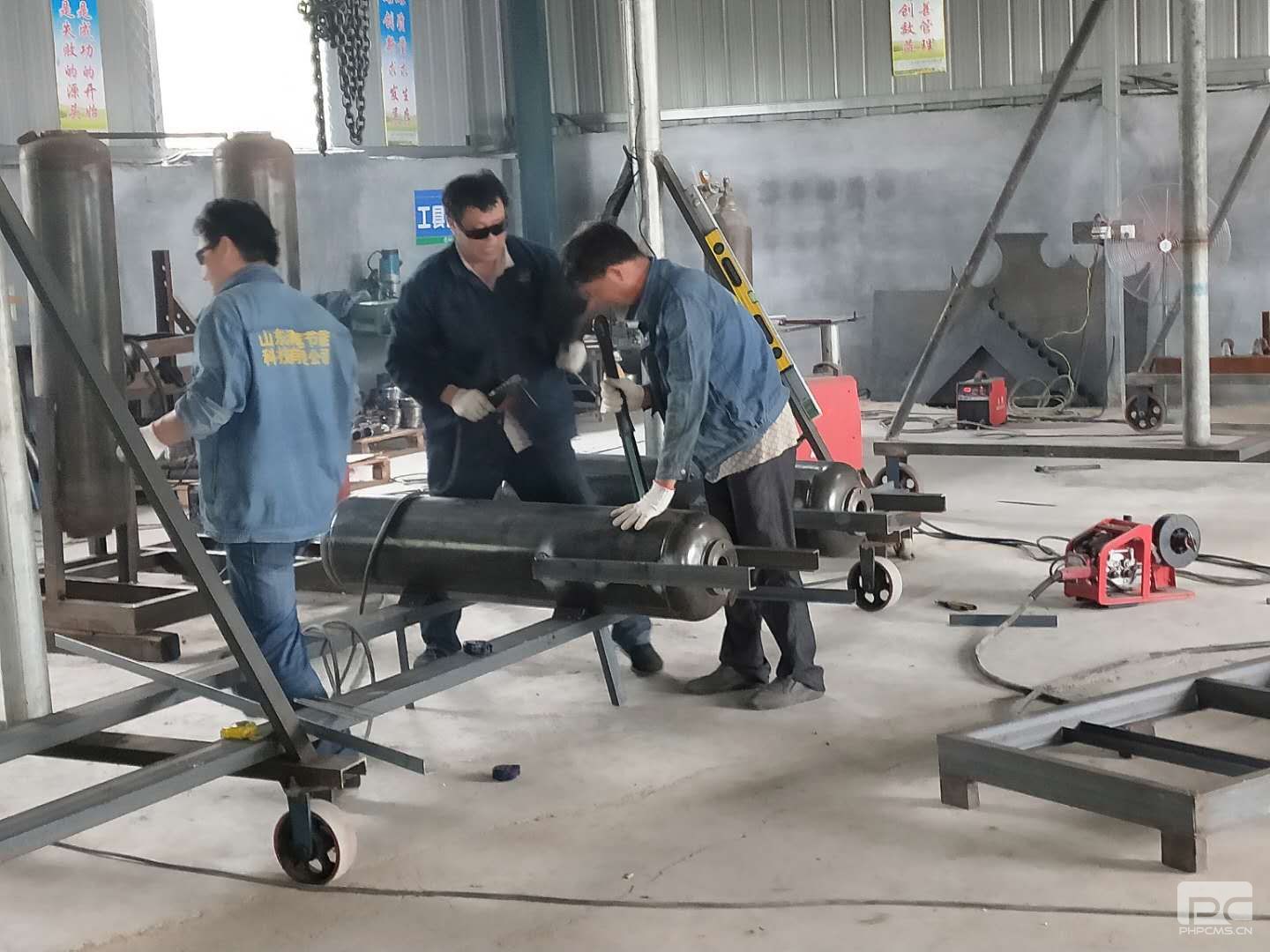

2. Rotor shaft keyway damage: due to the influence of screw blower elements such as equipment operation environment, roots blower often has shaft head and keyway wear and damage. After the problem occurs, it shall be repaired by welding or brush plating according to the traditional method. However, the thermal stress caused by high temperature of repair welding can not be completely eliminated, and it is easy to bend or fracture; Brush plating is easy to peel off due to the limitation of coating thickness.
3、壳体裂纹治理。罗茨风机部件因铸造、加工缺陷或内应力、超负荷运行等原因经常导致设备部件出现裂纹或断裂现象,常规的修复方法是采用焊接。焊无油螺杆鼓风机接常常会导致零件产生热变形或热应力,特别是薄壁件,而且有的零件材质是铸铁、铝合金、钛合金一类难焊材料。
3. Shell crack treatment. Cracks or fractures often occur in Roots blower components due to casting, processing defects or internal stress, overload operation and other reasons. The conventional repair method is welding. Welding oil-free screw blower connection often leads to thermal deformation or thermal stress of parts, especially thin-walled parts, and some parts are made of cast iron, aluminum alloy and titanium alloy.
检查一下风机电机电流,先确定是否有问题,另外冷凝温度是否超出。冷凝器是应该清洗。冷媒添加是否多。压缩机排气温度是否高。电机保护器是否应该微调或更换。应从这几个方面分析解决。有数据才好说。
Check the fan motor current to determine whether there is a problem and whether the condensation temperature is exceeded. The condenser should be cleaned. Whether the refrigerant is added more. Check whether the compressor exhaust temperature is high. Whether the motor protector should be fine tuned or replaced. It should be analyzed and solved from these aspects. It's hard to say with data.
上一篇:真空带式干燥机的传送带是如何工作的?
下一篇:怎样选择性价比高的家用制氧机?
相关新闻



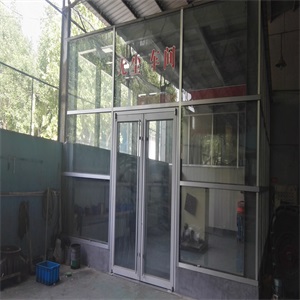
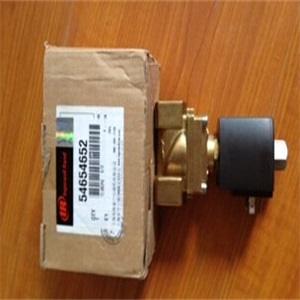
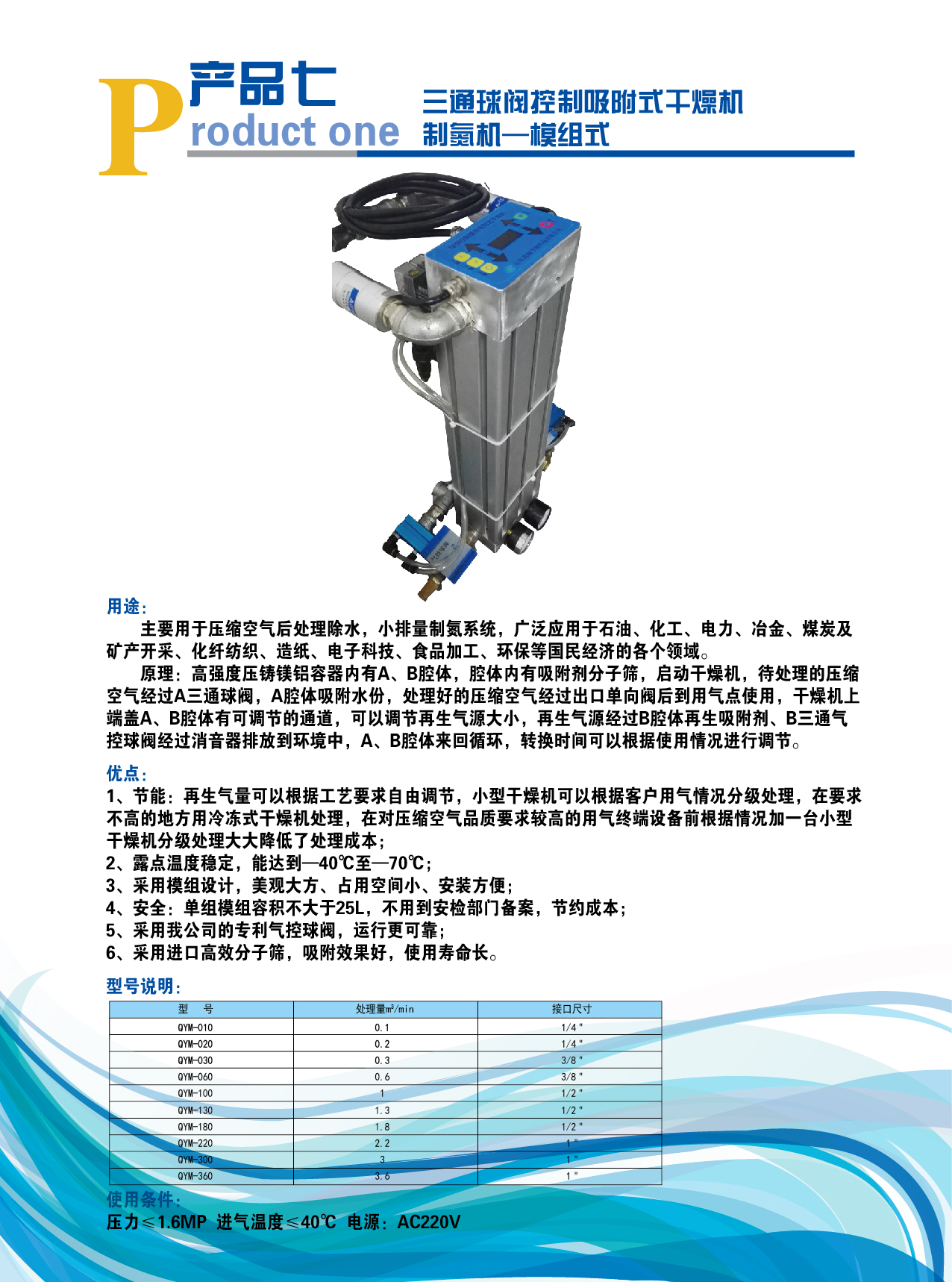
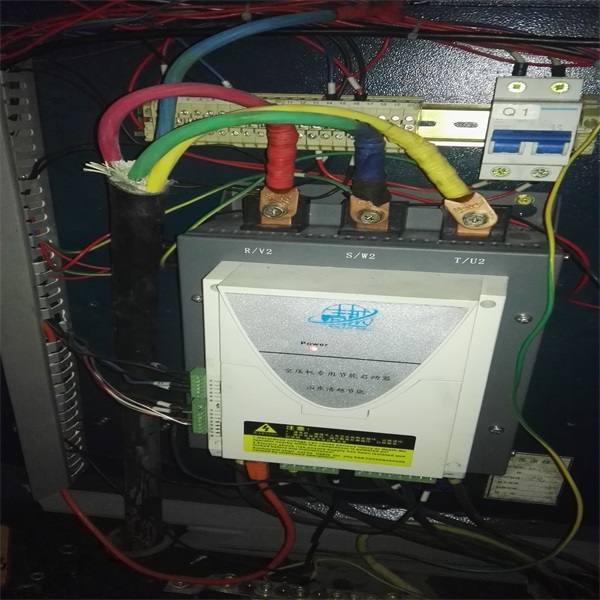
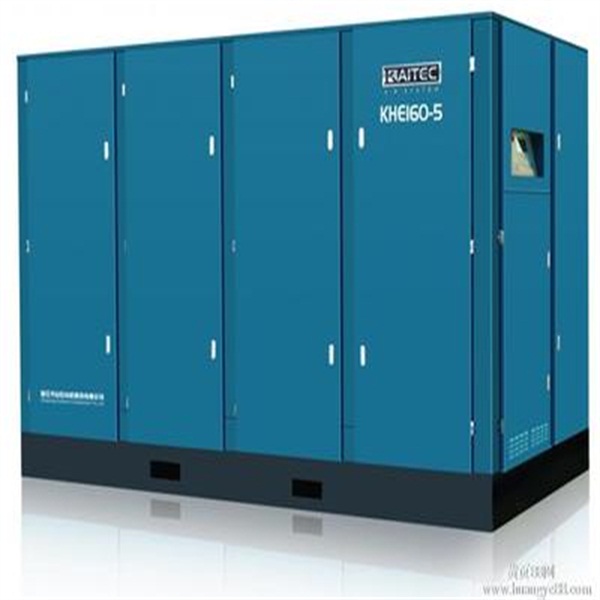
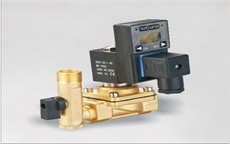
 鲁公网安备 37010402001146号
鲁公网安备 37010402001146号